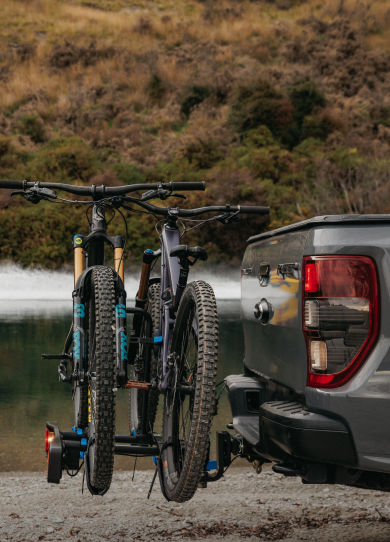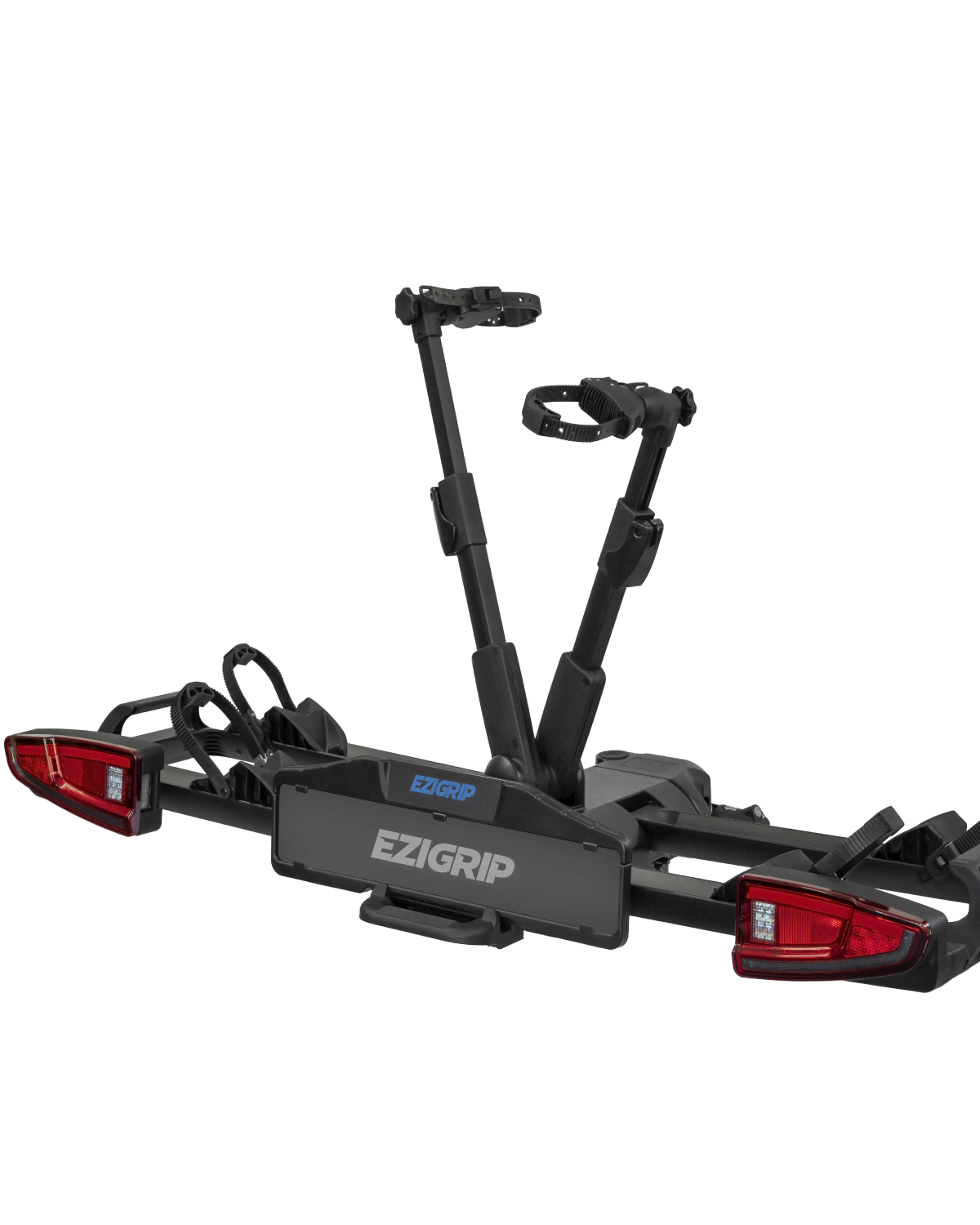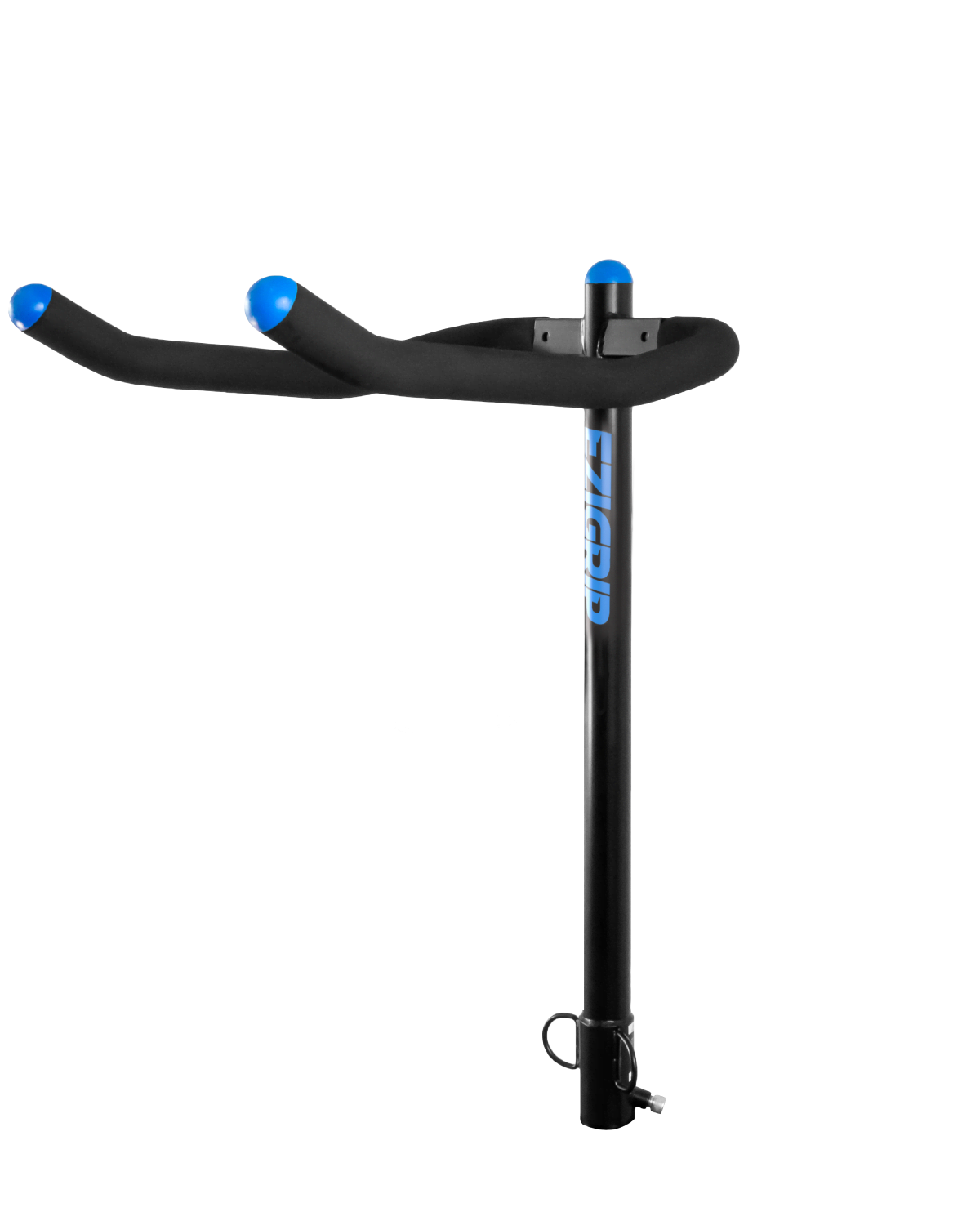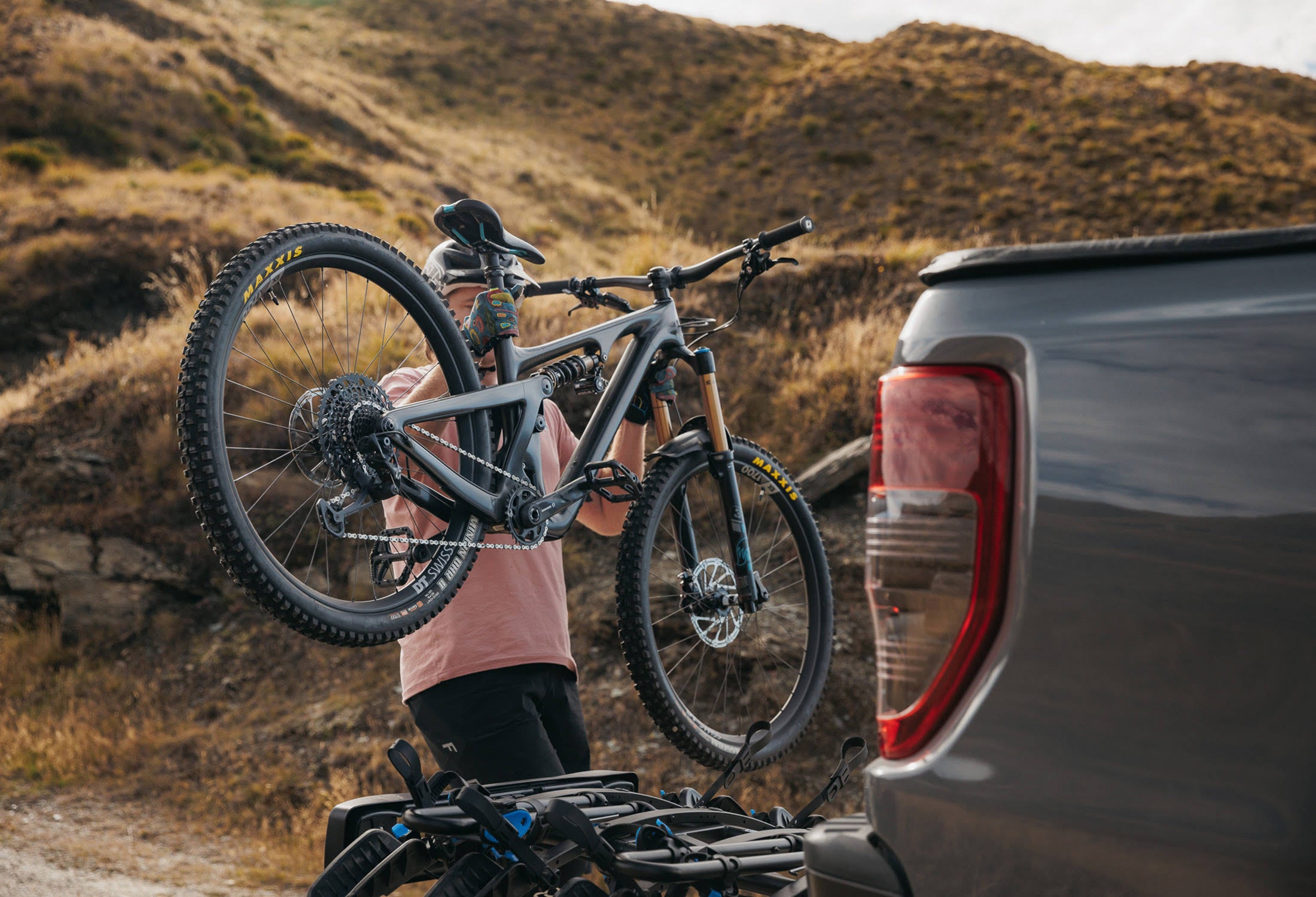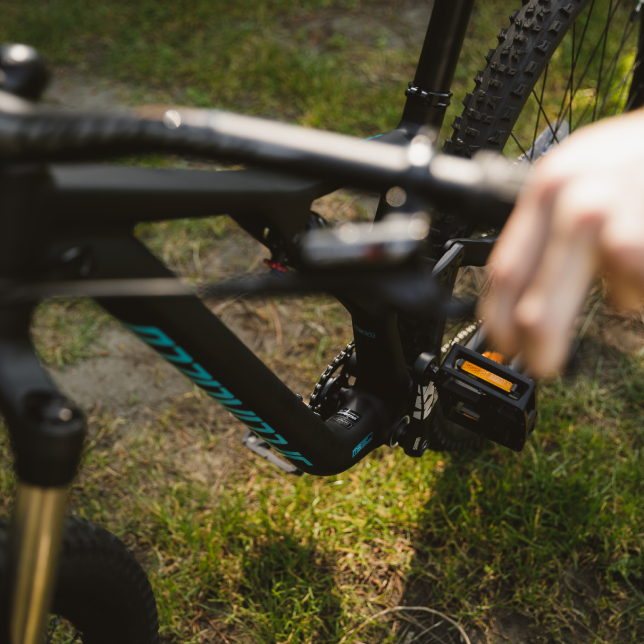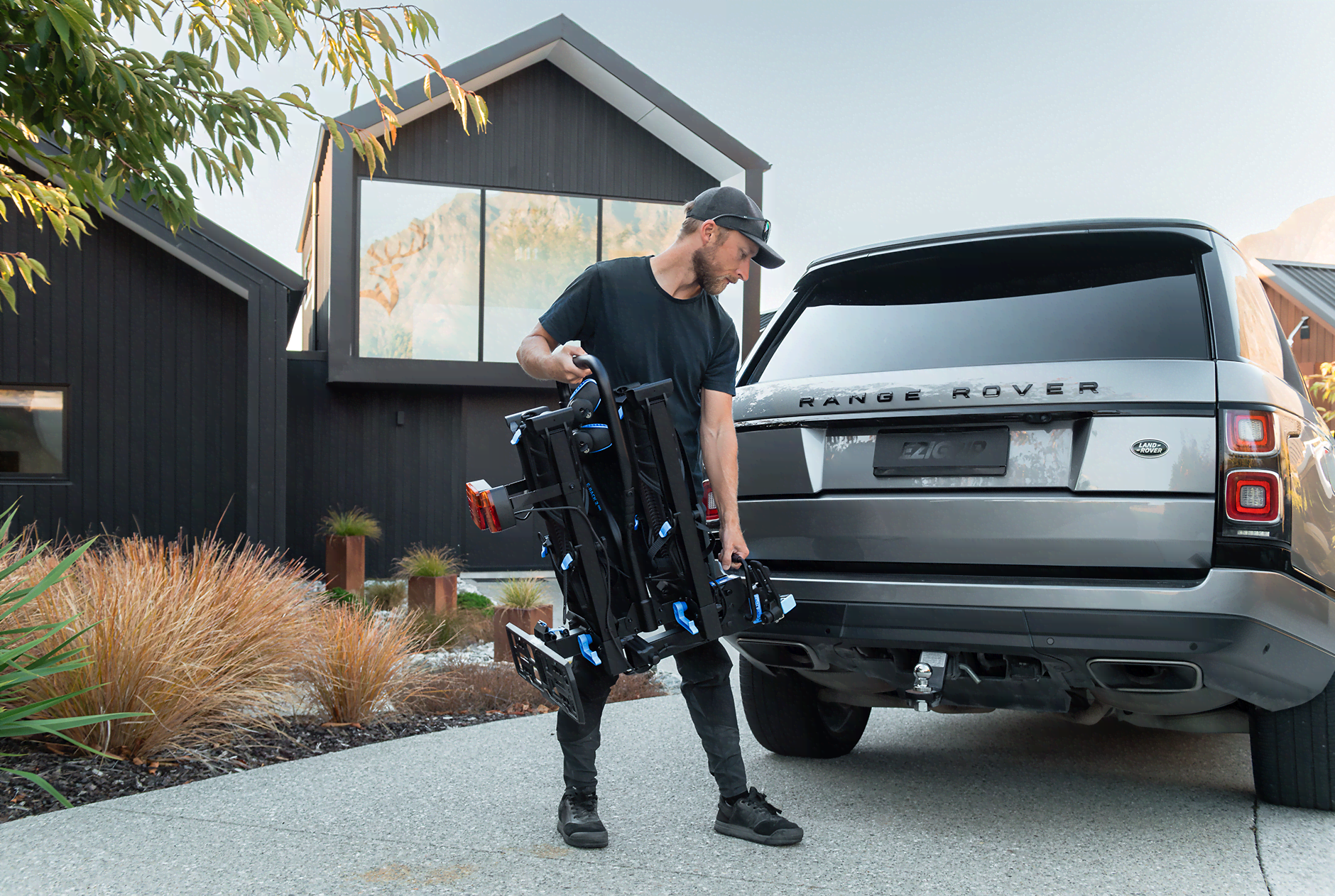
New Zealand is unique and full of variety. Unfortunately that extends to the types of tow balls that are commonly used within New Zealand with two main sizes available: the 50 mm and the 1-7/8".
New Zealand's preference for a 1-7/8" tow ball is unique. No other country loves this tow ball size as much with other countries favouring the larger ball sizes of the 50 mm tow ball.
Tow Ball Size and Shape
The size of a tow ball refers to the diameter of the ball shaped section. A 50 mm ball has a diameter of 50 mm. A 1-7/8" ball has a diameter of 1-7/8" which is approximately 47.6 mm. There are standards that dictate the shape of the ball from the diameter down to the skirt size. NZ has a standard for both the 1-7/8" ball and the 50 mm ball but there is greater control over the shape of the 50 mm ball to align it with international standards. If you need to find what size your ball is, the size will be stamped onto the top of the ball.
New Zealand is among a minority of countries that use the 1-7/8" ball with only the USA and Canada among the countries who still use this size. This size however is not very popular in either region given its smaller size means a reduced capacity. In the USA a more popular size is the 2" ball (approximately 50 mm) or, more likely, no tow ball in favour of a square hitch receiver.
Australia, the UK and Europe all favour a 50 mm tow ball with strict standardization that controls the size and shape of the 50 mm ball. These tow balls come in the form of a bolted shank or the gooseneck variety, but both have the same ball and neck shape thanks to standardisation.

Bike Racks and Tow Balls
So what does this all mean for bike racks? The widespread popularity of the 50 mm ball, and its strict control of shape, means designing a solid and safe connection to a 50 mm ball is more feasible. Europe, which exclusively uses a 50 mm ball, is also home to the only design standard for tow bar mounted bike racks. Designing to a standard such as this ensures the bike rack is safe on our roads.
When mounting a bike rack to a tow ball, it requires very different mechanisms than that typically needed to tow a trailer. A key difference being that side to side movement of the bike rack. To stop the bike rack swinging around we use friction. A huge clamping force on the ball is necessary to achieve this kind of friction - imagine a large vice clamping onto the ball. We use two different types of clamping mechanisms for our bike racks. The first is a low cost option used in our Advantage series that uses two screws the pinch the ball and press the rack into the tongue of the tow bar. The second mechanism, featured in our Enduro and E-Rack series, is more complicated and uses segments that are molded to the shape of the ball that clamp around the ball and neck of the tow ball.
The more complicated mechanism featured in our Enduro and E-Rack series is suitable for both European goosenecks and shank-based tow ball. Because the clamping segments are molded to the shape of a standard 50 mm tow ball they distribute the large clamping force over a large area which prevents the tow ball from being scarred or damaged. And this is why the tow ball size and shape is so important.
If we place a smaller ball, like the 1-7/8" ball, inside our tow ball clamping mechanism, it can cause the clamping mechanism to break. The clamping segments are molded to the shape of the 50 mm ball, so when it is fitted over a smaller ball it collapses into the gap left by the smaller ball and snaps. When using the rack on a smaller ball, it will require a lot more tightening of the integrated spanner and often times the rack will still swing on the ball. Eventually, it will break.
What if I need a 1-7/8" tow ball?
If you often tow a trailer or caravan and that uses a 1-7/8" coupling then you have a few options. First, you could use our Advantage series bike racks which work with both ball sizes but they do need a shank based tow ball with a tongue. Second, if your vehicle has a hitch receiver, you could opt for a hitch based bike rack and remove the tow ball insert when using your bike rack. Alternatively if you do have a hitch receiver, you can buy a second tongue with 50 mm ball to swap between sizes.

What about interchangeable balls?
Interchangeable balls are tow balls made from multiple pieces that let you swap the ball size without removing the tow ball from the tongue of the tow ball. Most interchangeable balls have very unusual necks beneath the ball, often cone shaped rather than a round cylinder. This means they don't follow the standard shape of a 50 mm tow ball and won't work with our clamping mechanisms. Interchangeable balls are also not rated by the manufacturer for carrying bike racks given the loads on the ball are very different to that of towing a trailer, see an example here.
Conclusion
Finding the right bike rack for you can be challenging and having two different tow ball sizes to work around makes it all the more challenging. New Zealand's preference for a 1-7/8" tow ball is unique. No other country loves this tow ball size as much with other countries favouring the larger ball sizes of the 50 mm tow ball. Most tow ball mounted bike racks are based off European designs which follow the only design standard for bike racks, and therefore mount to 50 mm balls as these are the standard in Europe. Designing a tow ball mounted mechanism for the 1-7/8" ball is not feasible given the small population that prefer this ball size and the lack of control over the whole shape of the 1-7/8" ball.
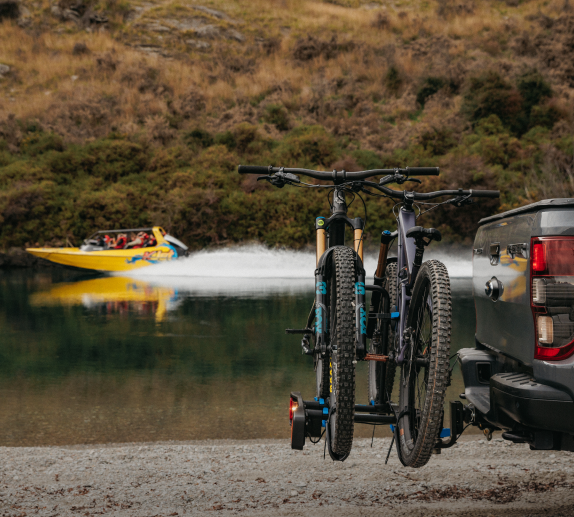
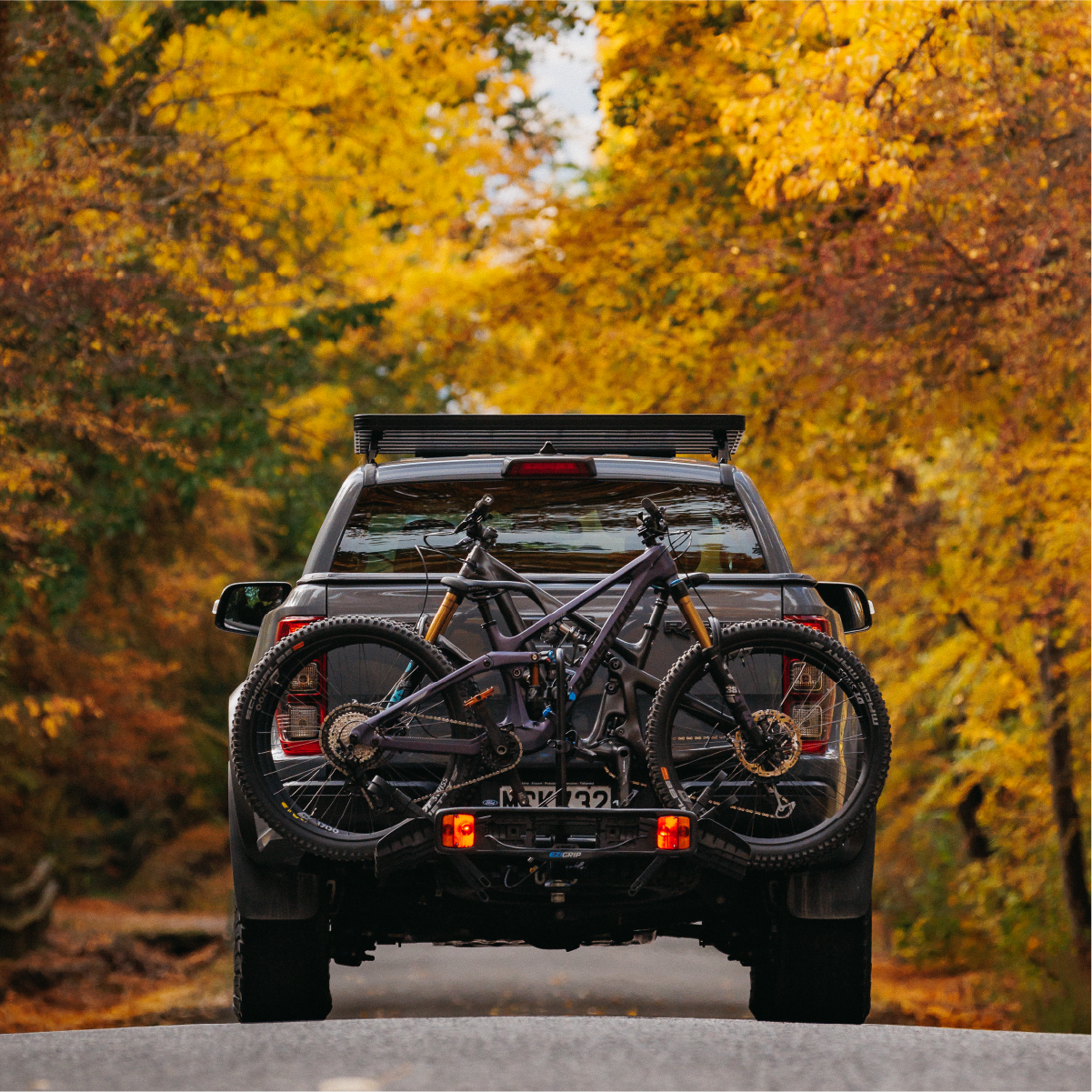 >
>
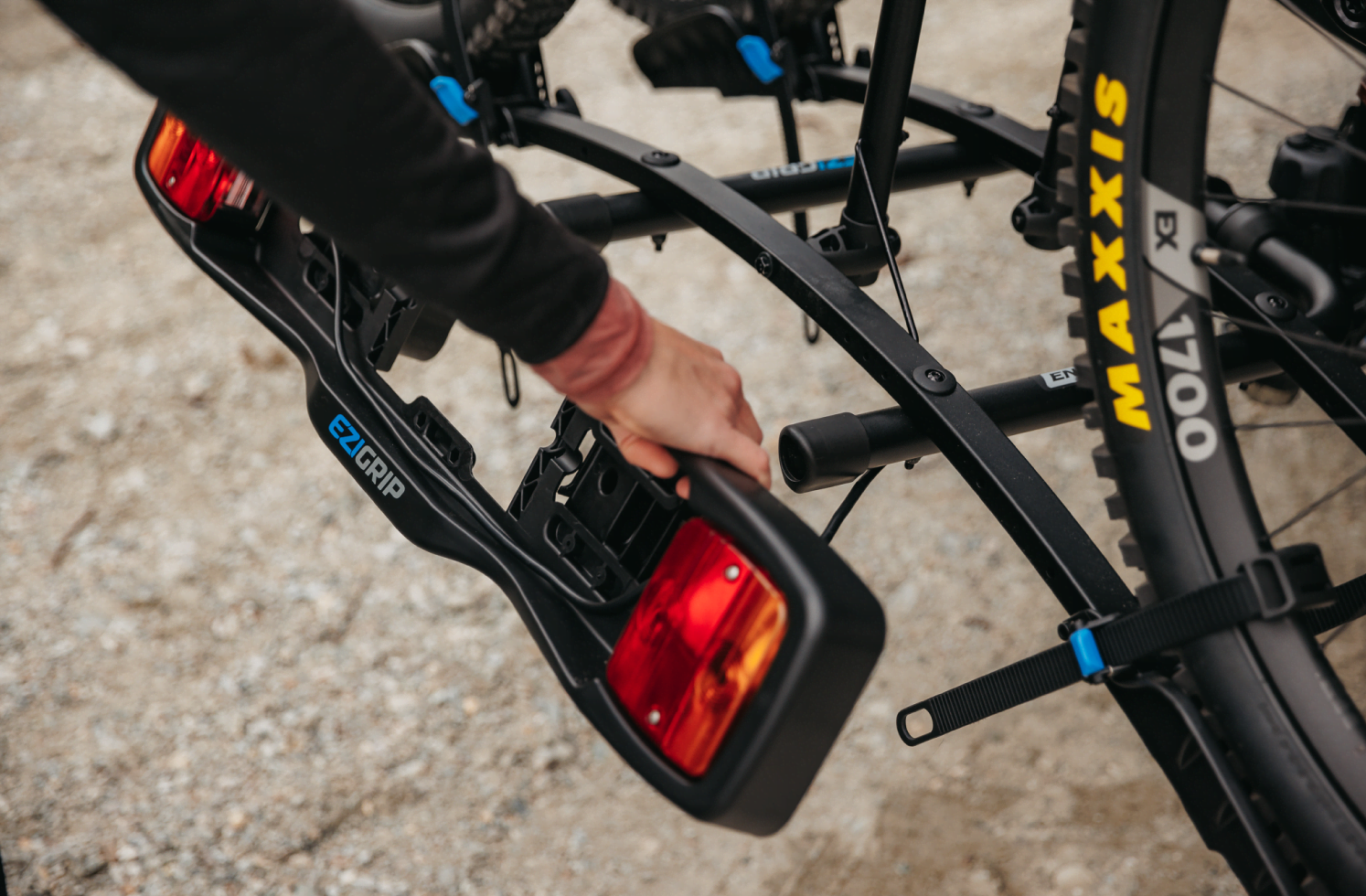 >
>
